Philanthropy is often dismissed as “feel-good money”, something companies do on the side to polish their image or boost morale. But when used strategically, it can become much more: a form of patient capital that fuels innovation, experimentation and long-term value creation.
Across industries, frontrunners are proving that giving back and growing business can go hand in hand. When philanthropy becomes part of the company’s innovation ecosystem, it enables experimentation that ordinary market pressures rarely allow.
Using Philanthropy as Social Investment
1. Turn donations into innovation funds.
French food company Danone has transformed its charity foundation into Social Innovation Platforms that fund early-stage technologies improving access to healthy food. These initiatives act as incubators for ideas that later strengthen Danone’s business and social impact alike.
2. Develop markets and talent through skilled volunteering.
IBM’s Corporate Service Corps sends employees abroad to apply their expertise to local challenges in health, education and technology. Communities gain concrete solutions, employees gain leadership skills, and IBM gains cultural insight and new market understanding. A triple win.
3. Build entrepreneurial muscle through pro bono partnerships.
Danish healthcare company Coloplast teamed up informally with start-up Ruby Cup to help develop menstrual cups for women in developing countries. For Coloplast, it was not about profit but about learning from a nimble, purpose-driven enterprise. The collaboration reignited innovative thinking within Coloplast’s own R&D team.
From Charity to Shared Value
These examples reveal that strategic philanthropy is not charity, it’s social investment. Used as “patient capital,” it allows companies to test sustainable solutions beyond quarterly targets. It also opens doors to new partnerships, market insights and internal innovation.
Philanthropy can therefore be redefined as a shared-value strategy:
- Investing time, knowledge and networks. Not just money.
- Enabling learning and long-term experimentation.
- Creating impact for both society and the bottom line.
So before approving your next donation, ask: Could this contribution also help us learn, innovate or build relationships that make our business and the world more sustainable?
That’s when philanthropy stops being a feel-good extra and becomes a smart way of doing good business.
This is an excerpt of the full length article in eco-business.com. Read the full article by clicking below.


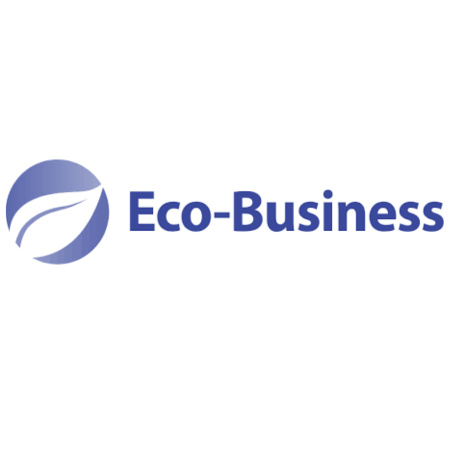
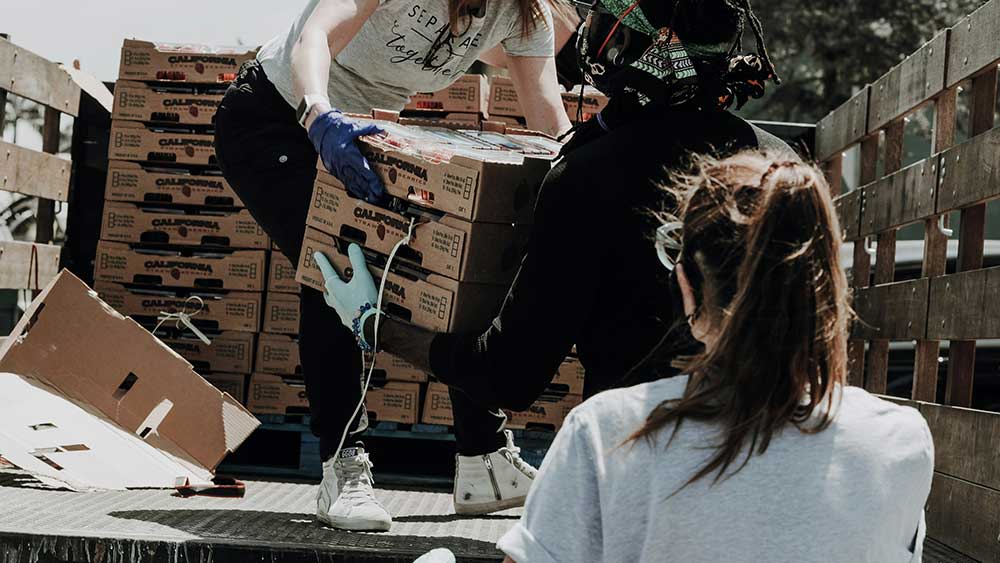

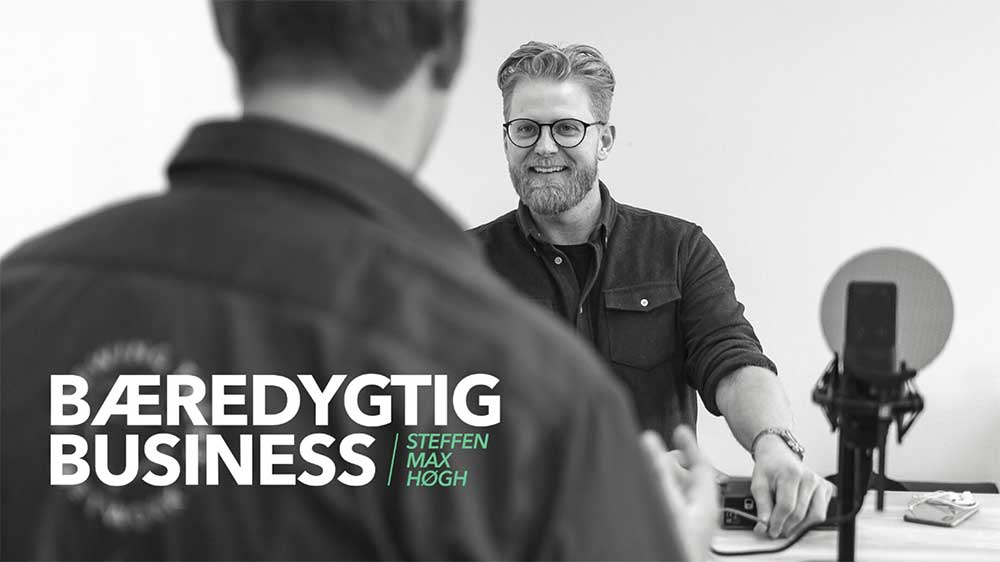
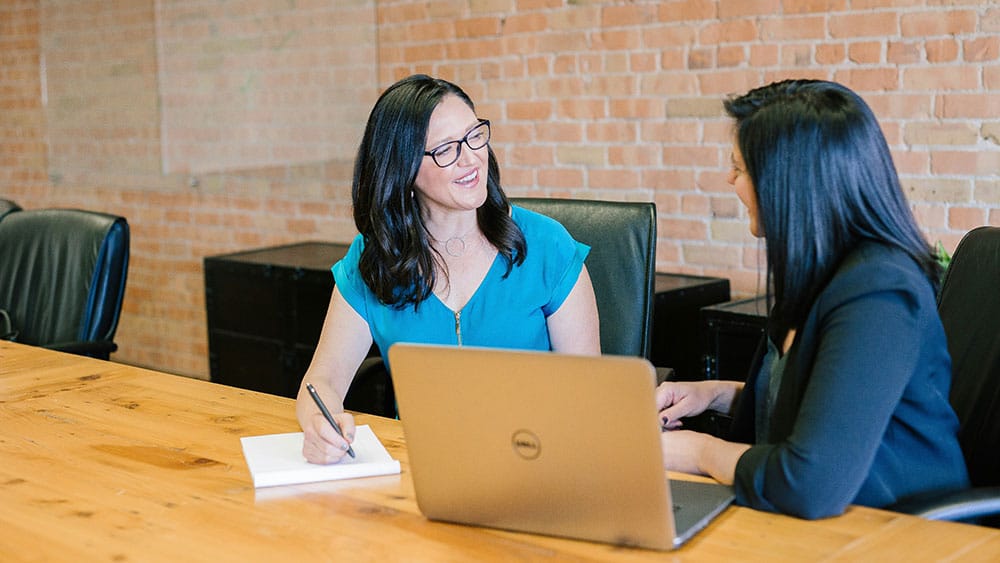
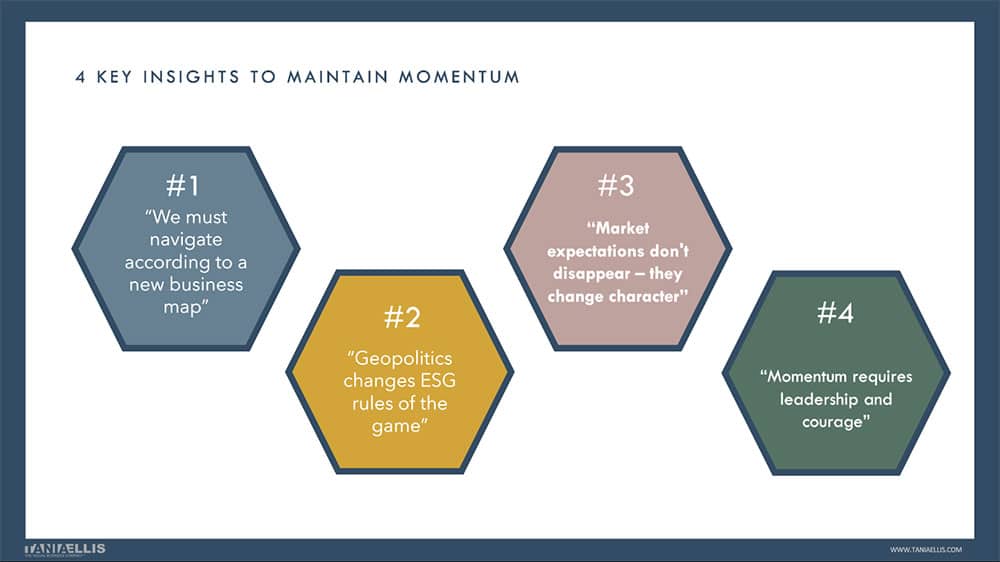
![[Portrait] A change agent’s experience: From scattered ESG initiatives to strategic direction](https://www.taniaellis.com/wp-content/uploads/2025/10/baeredygtighed-i-praksis-case-website_ny-1080x675.jpg)